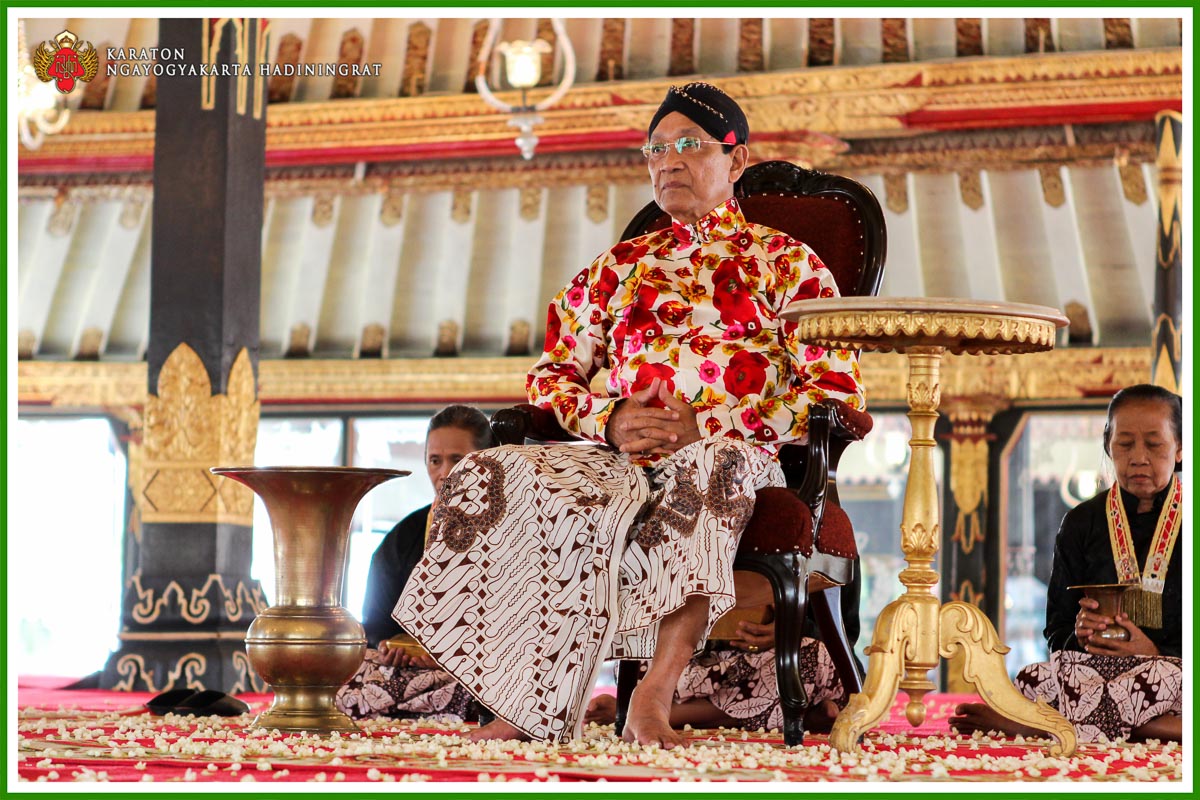News
Forbidden Batik: When Fabric Wasn’t Just Fashion, but a Rule of Life in the Palace
Today, we can easily wear any batik we like—whether it’s kawung, parang, or udan liris—as long as we can afford it. But back in the day, especially in Javanese palaces, batik wasn’t just a matter of “see–buy–wear.” There was something called forbidden batik (batik larangan).
Now, “forbidden” doesn’t mean the cloth was cursed or haunted. It simply meant not everyone was allowed to wear it. Certain motifs were reserved for the palace elite, while ordinary folks could only admire them from afar.
According to palace records, forbidden batik was believed to hold both religious and mystical powers. That’s why motifs with deep philosophical meanings often ended up classified as larangan.
In Yogyakarta Palace, these special motifs are known as Awisan Dalem. Each Sultan had the right to decide which patterns were restricted. For instance, Sultan Hamengku Buwono I declared Parang Rusak a forbidden motif in 1785. Later, Sultan HB VII emphasized huk and kawung, while during HB VIII’s reign, the parang family of motifs became the highlight.
And the rules weren’t just casual suggestions. In 1927, there was even an official “Rijksblad van Djokjakarta” document that regulated exactly who could wear which motifs. So if a commoner dared to wear Parang Barong, trouble was guaranteed.
Even today, Yogyakarta’s forbidden motifs include Parang Rusak Barong, Semen Gedhe Sawat Gurdha, Udan Liris, Kawung, Rujak Senthe, and many more.
Surakarta, on the other hand, had its own version. After the Mataram split caused by the Giyanti Treaty, Surakarta developed its own rules for forbidden batik. Under Paku Buwono III, for example, there were strict bans on Batik Sawat, Parang Rusak, Sumangkiri, Bangun Tulak, and Lenga Teleng.
The rules shifted under PB IV, but the principle stayed: certain motifs were only for the king, nobles, or palace officials. For example, Parang Barong was strictly reserved for the king, while Cemukiran with “lung” (vine-like tips) could be worn by prime ministers but was still off-limits for commoners.
In a way, forbidden batik was the palace’s version of a “fashion statement.” But it was more than style—it was identity, status, and even law. A single piece of fabric could instantly tell people who was king, who was noble, and who was just an ordinary subject.



